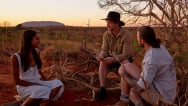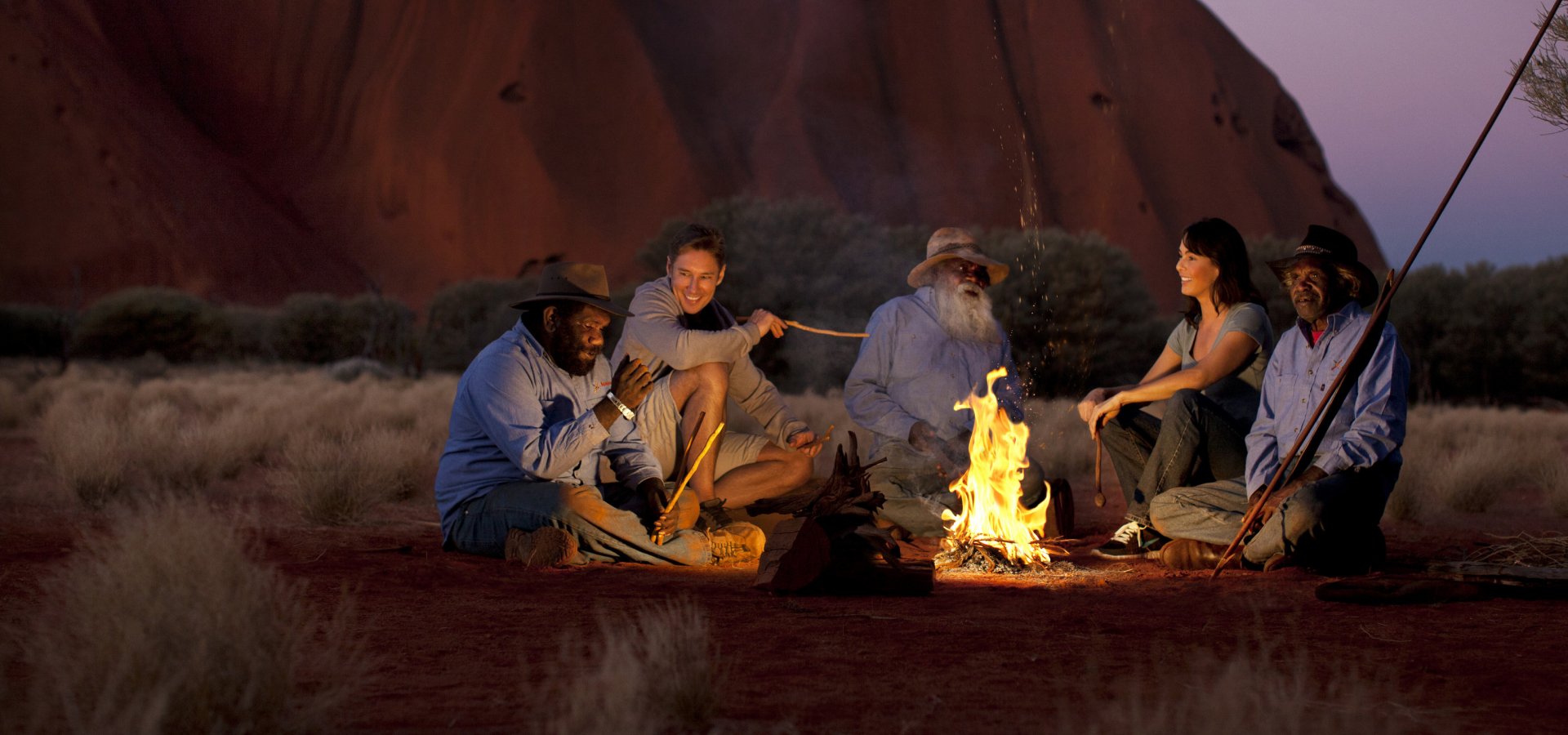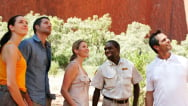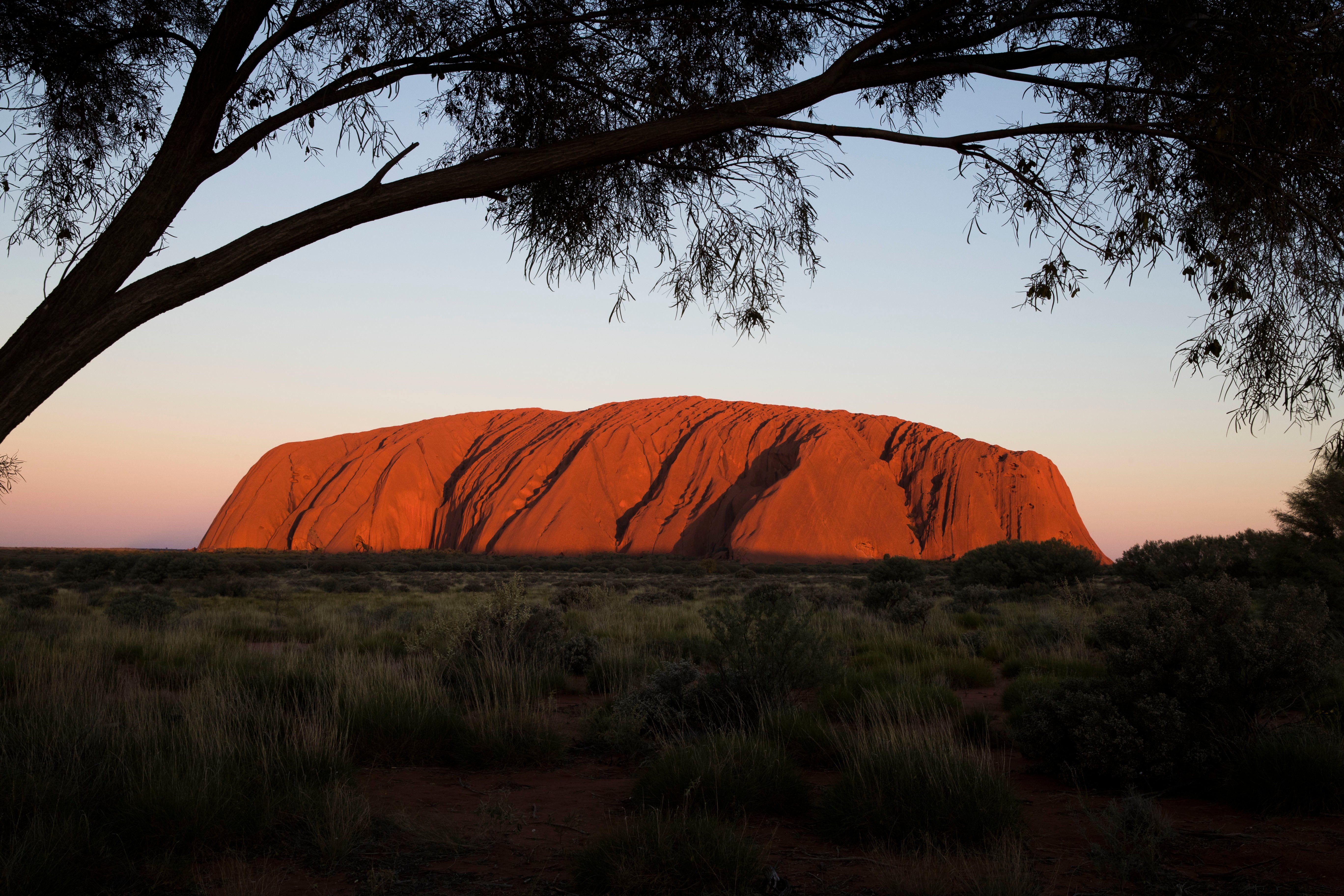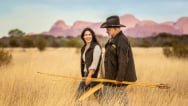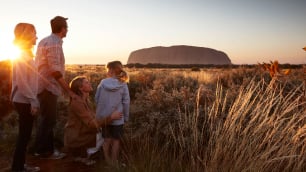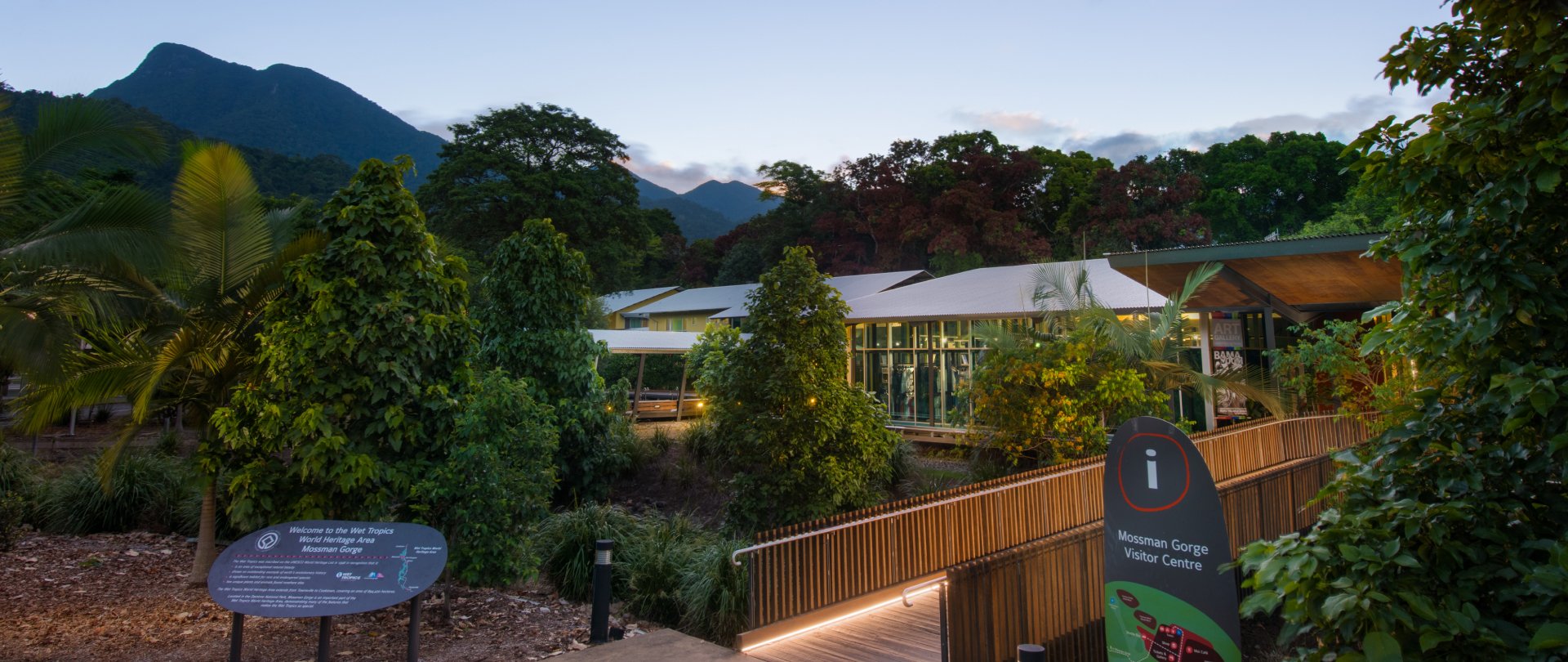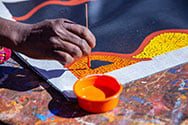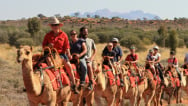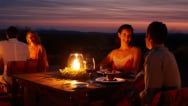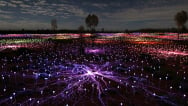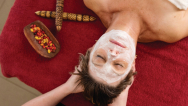Thousands of years later, our stories never get old.
The Anangu have lived and worked at Uluru for thousands of years, passing their songs, stories, and languages down from generation to generation – and to guests at Ayers Rock Resort. Today, part of what makes the Voyages experience so special is the presence of the Anangu on and around the resort. Hands-on experiences and activities give visitors a personal peek into Anangu life, history, and culture, and deepen their connection with Indigenous Australia. Throughout the resort, Anangu art and design influences have been maintained and used to help tell the story of Indigenous Australians in an immersive, visual way.


Meet the Anangu
Anangu are the traditional owners of Uluru, Kata Tjuta, and the surrounding land. While Uluru was “discovered” in the 1870s, the Anangu lived and worked here for 20,000 years previously and have regarded Uluru as a spiritual, sacred place – not a rock at all, but a living, breathing monument. The term Anangu encompasses several distinct peoples, in particular the Ngaanyatjarra, Pitjantjatjara, and Yankuntjatjara groups.
Tjukurpa: The Beginning of Everything
Anangu life revolves around the Tjukurpa (sometimes wrongly referred to as the Dreamtime). To Indigenous people, this is the period of creation when the world was formed. At Uluru, Mala (hare wallaby), Kuniya (woma python) and Liru (poisonous snake) are considered to be very important ancestors to the region.
Today, Tjukurpa represents the law of the Anangu. It includes the protection of sacred sites at Uluru and Kata Tjuta. The Uluru-Kata Tjuta National Park Management Plan upholds Tjukurpa by using it as a guide for policy decisions on site. Tjukurpa is not written down, but memorised and passed down through thousands of years from generation to generation. The elder people recount, maintain and share this knowledge through stories, behaviour, rituals, ceremonies, songs, dances and art.
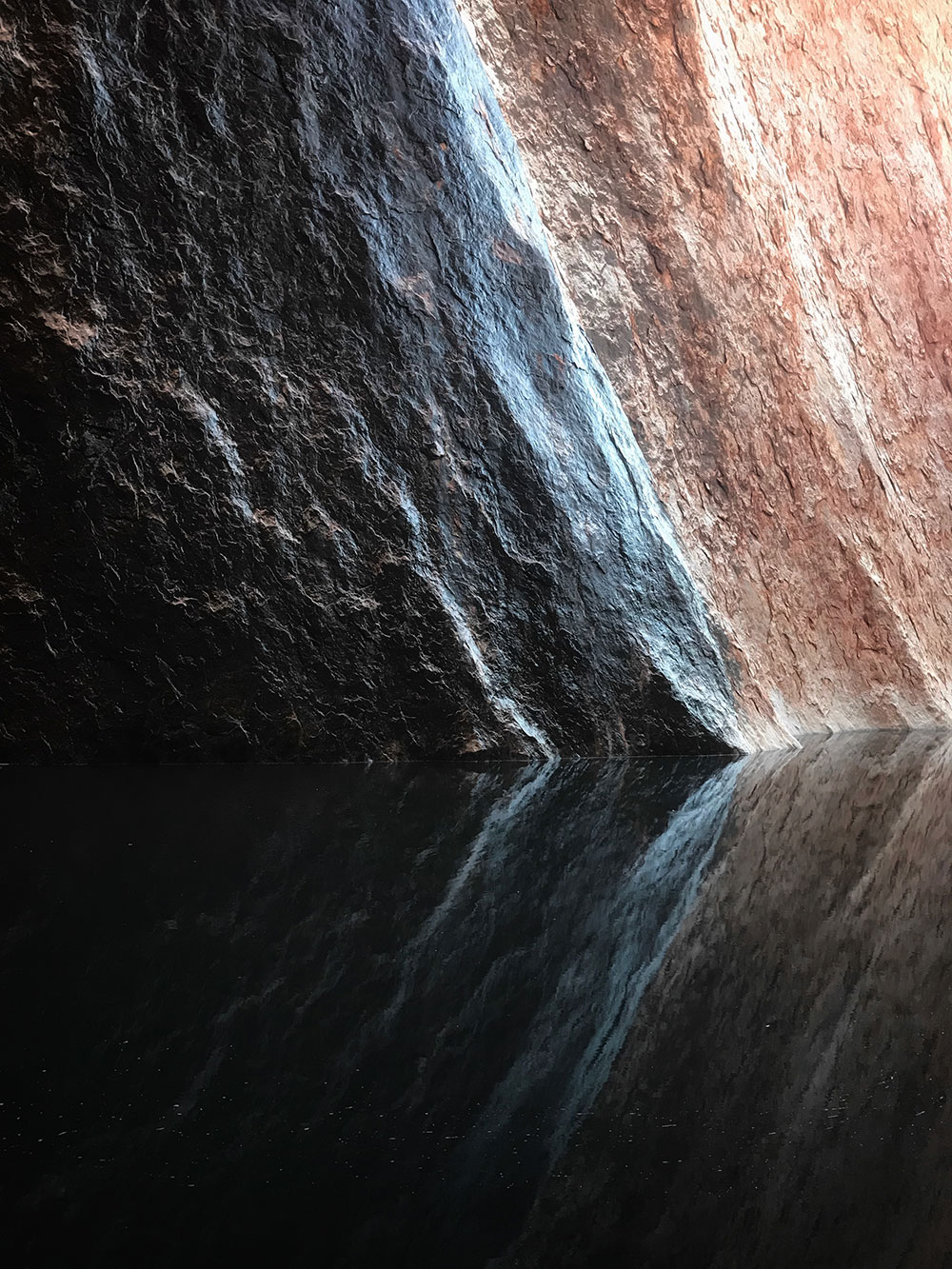
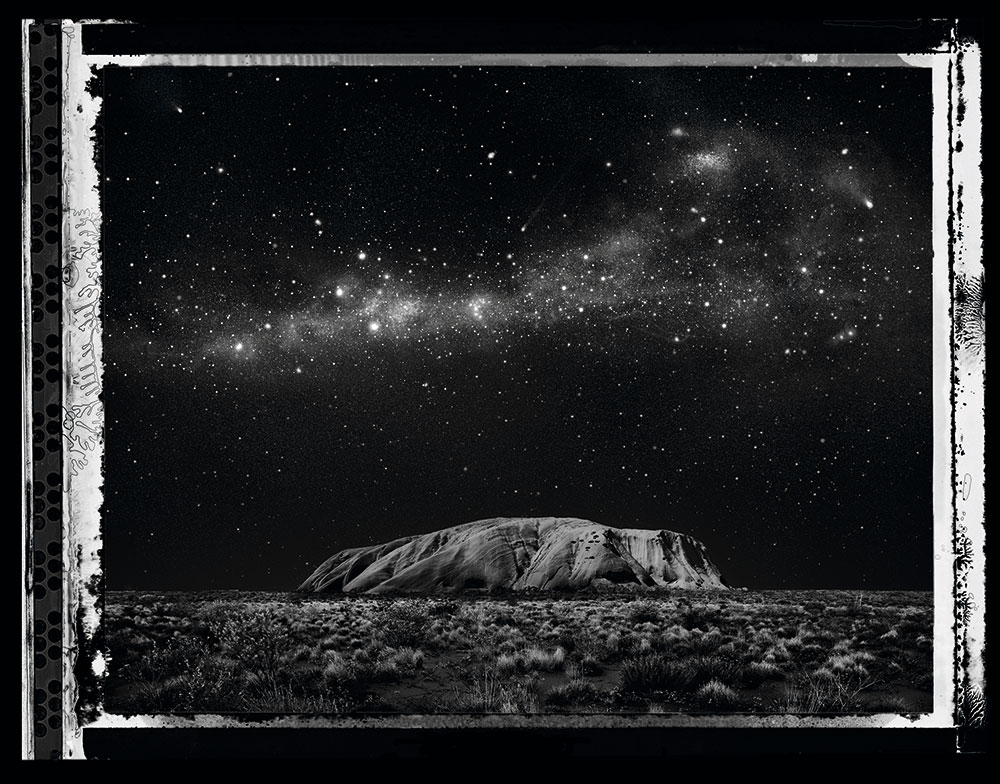
Anangu Language
Many years ago, hundreds of unique dialects were spoken amongst Indigenous Australians. Today, it is estimated that there are only 20 to 50 languages still described as ‘healthy’, meaning they’re spoken to and used by children.
Anangu mainly speak Pitjantjatjara (pronounced as pitjan-jah-jarra) and Yankunytjatjara (yan-kun-ja-jarra). Pitjantjatjara and Yankunytjatjara are dialects of the Western Desert language, the largest language group of Aboriginal Australia. The group includes about 4,000 speakers, and stretches northwest to Balgo, west to Port Hedland, south to Kalgoorlie, Yalata and Oodnadatta and northeast to Alice Springs.
Pitjantjatjara literally means the people who use ‘pitjantja’ to say ‘to come’ while Yankunytjatjara are the people who use ‘yankunytja’ to say ‘to come’. Anangu means ‘people’ in Pitjantjatjara and Yankunytjatjara.
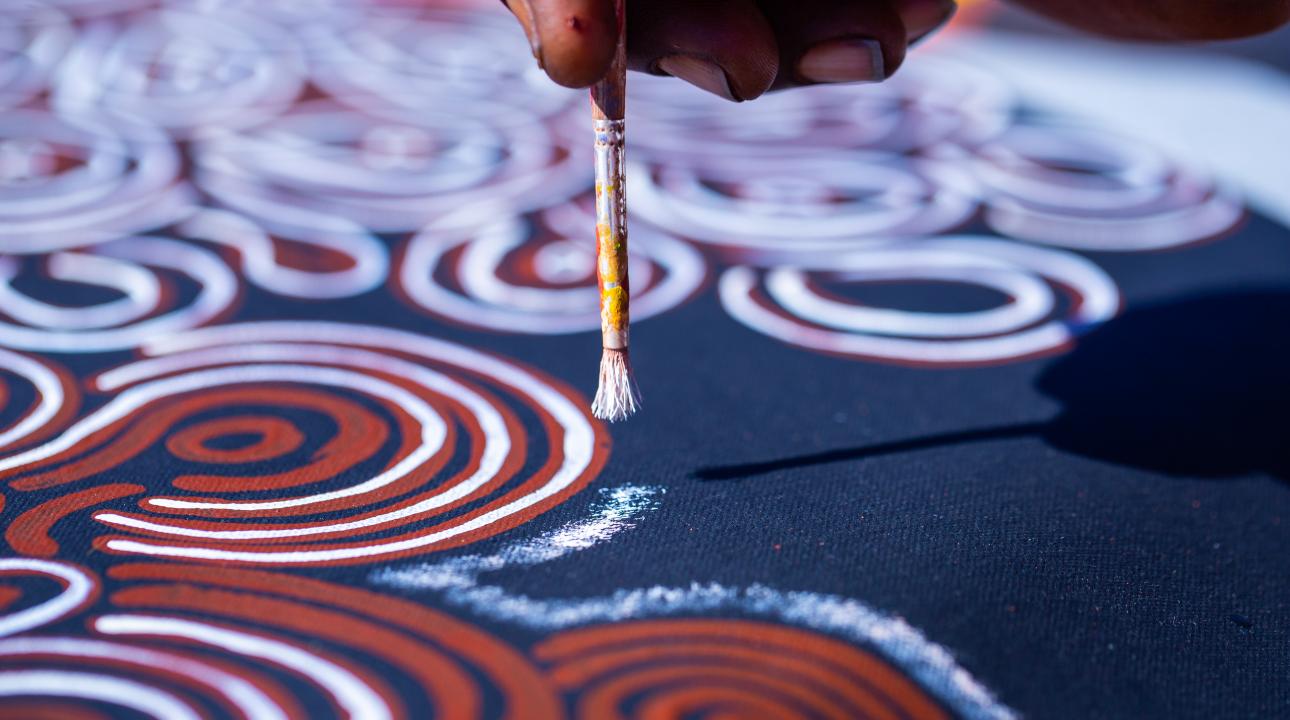

Anangu Art
Throughout Ayers Rock Resort, visitors can see Anangu art and design influences: the colours, the shapes, and the structures all pay homage to this unique visual representation of culture.
At the base of Uluru, rock shelters showcase the ancient tradition of using pictures to tell a story, and the Anangu are careful to preserve and protect these valuable artworks.
The symbols and figures in the caves at Uluru are similar to those found at many sites throughout Central Australia. These include geometric symbols such as concentric circles, figures representing animal tracks, and the outlines of animals. Artists can use these symbols to represent different meanings.
Uluru-Kata Tjuta National Park Cultural Centre
One of the best ways to start learning about local Indigenous culture at Uluru is to visit the Uluru-Kata Tjuta National Park Cultural Centre. Located at the base of Uluru, the Cultural Centre shares creation stories, daily presentations, and hands-on exhibits introducing visitors to Anangu music, stories, and way of life. Artists in residence can be observed working on their newest creations, and two art galleries display Indigenous art, pottery, wood carvings, jewellery, and more. Hands-on art demonstrations enable visitors to make their very own Anangu-themed souvenirs to take home.
Indigenous Experiences
There’s no better way to learn about the Anangu than from the Anangu themselves. Explore Indigenous culture during an immersive, authentic experience, from dot painting to musical activities to guided walks and storytelling.


